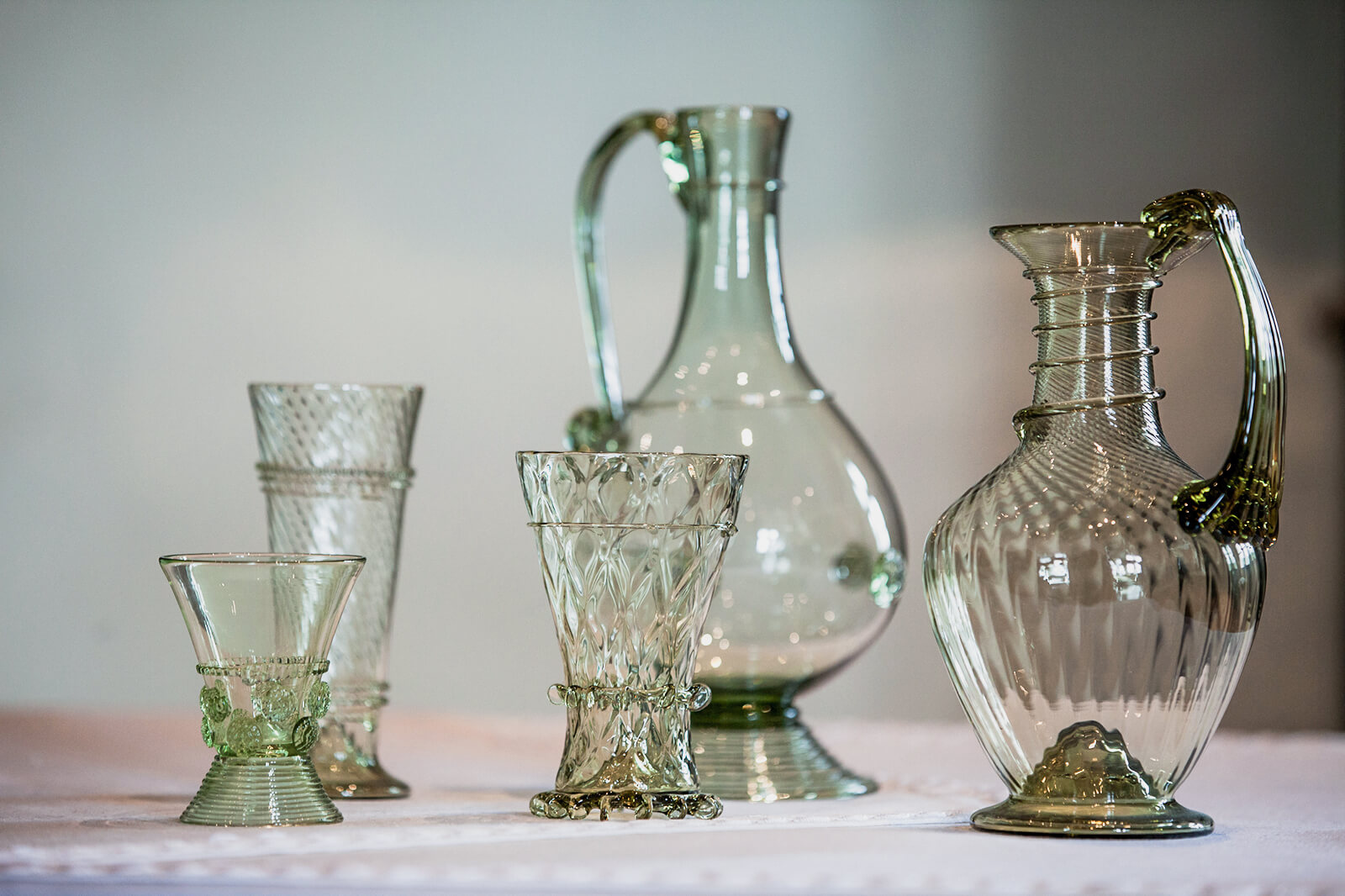

Tableware
How To Identify Glassware
Modified: February 4, 2024
Learn how to identify different types of glassware and tableware with our comprehensive guide. Enhance your dining experience and impress your guests.
(Many of the links in this article redirect to a specific reviewed product. Your purchase of these products through affiliate links helps to generate commission for Storables.com, at no extra cost. Learn more)
Introduction
Glassware is an essential part of our everyday lives, whether we realize it or not. From the humble drinking glass to elegant wine goblets and delicate champagne flutes, glassware plays a vital role in both our dining experiences and home decor. However, with countless shapes, sizes, and designs available, it can be challenging to determine the specific type of glassware you have or come across. In this article, we will dive into the world of glassware identification, helping you understand the different types of glassware and providing valuable tips to identify them accurately.
Understanding different types of glassware is crucial as it allows you to use the right glass for the right occasion. Each type of glassware is specifically designed to enhance the flavor, aroma, and overall enjoyment of different beverages, be it wine, cocktails, or even water. By using the appropriate glassware, you can elevate your drinking experience and impress your guests.
In this article, we will start by exploring some of the most common types of glassware found in the kitchen. From everyday water glasses to versatile tumblers, we will discuss their characteristics and uses. We will then move on to specialty glassware designed for alcoholic beverages, such as wine glasses, beer mugs, and cocktail glasses. By understanding the unique features of each type, you will be able to choose the best glassware for your favorite libations.
Identifying glassware can be a challenging task, particularly when you come across a unique piece or an antique find. However, there are various methods you can use to determine the type of glassware. We will guide you through the process of identifying glassware based on shape, design, material, and any markings or labels present. Additionally, we will provide helpful tips for identifying antique or vintage glassware, allowing you to appreciate and value these historical pieces.
Lastly, we cannot overlook the importance of caring for and maintaining our glassware. We will share essential tips and techniques to ensure that your glassware stays in pristine condition for years to come. From proper cleaning methods to storing and handling, we will cover all aspects of glassware maintenance.
With this comprehensive guide, you will gain valuable knowledge and skills in identifying and caring for glassware. So, let’s dive in and embark on a fascinating journey into the world of glassware!
Key Takeaways:
- Elevate your drinking experience by understanding and identifying different types of glassware based on shape, design, material, and markings. Proper care and maintenance ensure your glassware remains in pristine condition for years to come.
- Appreciate the artistry and historical significance of glassware by recognizing antique or vintage pieces through maker’s marks, mold marks, color, and design. Handle with care, clean gently, and store properly to preserve their beauty and value.
Read more: How To Identify Fire And Light Glassware
Understanding Different Types of Glassware
Glassware comes in a wide range of styles, shapes, and sizes, each specially designed to enhance the drinking experience for different types of beverages. Understanding the different types of glassware is essential in order to choose the right glass for the right drink. Let’s take a look at some of the most common types of glassware found in the kitchen:
- Water glasses: Water glasses are the most basic and versatile type of glassware. They are typically medium in size with a cylindrical or slightly tapered shape. Water glasses can be used for serving water, juice, soft drinks, and other non-alcoholic beverages.
- Tumblers: Tumblers are sturdy, short glasses with a wide mouth and a thick base. They are often used for serving drinks on the rocks, such as whiskey or cocktails with ice. Tumblers can also be used for serving non-alcoholic beverages, like iced tea or lemonade.
- Wine glasses: Wine glasses are designed to enhance the flavors and aromas of wine. They usually have a long stem and a bowl-shaped cup. The shape of the bowl can vary depending on the type of wine being served. For example, red wine glasses have a wider bowl to allow the wine to breathe, while white wine glasses have a narrower bowl to preserve the wine’s temperature.
- Champagne flutes: Champagne flutes are tall, slim glasses with a narrow and elongated bowl. The shape of the flute helps to preserve the bubbles and aroma of champagne or sparkling wine. They are often used for toasting special occasions or for serving other sparkling beverages.
- Cocktail glasses: Cocktail glasses come in various shapes and sizes, depending on the type of cocktail being served. Some common types include martini glasses, margarita glasses, and Collins glasses. Each has its own unique shape and design to enhance the presentation and taste of the cocktail.
These are just a few examples of the many types of glassware available. Other specialized glassware includes beer mugs, shot glasses, liqueur glasses, and more. Each type of glassware has its own unique characteristics and uses, making them essential for specific beverages and occasions.
By familiarizing yourself with different types of glassware, you can elevate your drinking experience and impress your guests with the appropriate glass for each beverage. So, the next time you pour a drink, take a moment to consider the right glassware to truly enjoy and appreciate your favorite libation.
Common Glassware Found in the Kitchen
The kitchen is the hub of culinary creativity, and having the right glassware is essential for serving various types of beverages. Let’s explore some of the common glassware found in the kitchen:
- Water glasses: Water glasses are a staple in every kitchen. These versatile glasses come in various sizes and shapes, but they are typically cylindrical or slightly tapered. Water glasses are perfect for everyday use and can be used to serve water, juice, iced tea, and other non-alcoholic beverages.
- Wine glasses: Wine glasses are a must-have for wine enthusiasts. They are designed to enhance the flavors, aromas, and overall enjoyment of wine. Wine glasses have a long stem and a bowl-shaped cup. The shape of the bowl can vary for different types of wine – red wine glasses have a wider bowl, while white wine glasses have a narrower bowl. This allows the wine to be aerated and enjoyed to its fullest potential.
- Highball glasses: Highball glasses are tall, straight-sided glasses often used for serving mixed drinks, such as gin and tonic, mojitos, or whiskey and soda. They can also be used for non-alcoholic beverages like iced tea or lemonade. Highball glasses are versatile and perfect for both casual and formal occasions.
- Tumblers: Tumblers are sturdy, short glasses with a wide mouth and a thick base. They are ideal for serving drinks over ice, such as whiskey or cocktails. Tumblers can also be used for non-alcoholic beverages, making them a versatile addition to any kitchen.
- Mason jars: While not traditionally considered glassware, mason jars have become increasingly popular in recent years. They have a rustic and charming appeal and can be used for serving drinks like iced coffee, smoothies, or homemade lemonade. Mason jars often come with handles and lids, making them portable and convenient for outdoor gatherings.
These are just a few examples of common glassware found in the kitchen. Other types, such as shot glasses, beer mugs, and cocktail glasses, may also be used depending on personal preferences and drinking habits.
When selecting glassware for your kitchen, it’s important to consider both functionality and aesthetic appeal. Set your table with glassware that suits your needs and complements the style of your kitchen and dining area. With the right glassware, you can elevate your drinking experience and make any meal or gathering more memorable.
Specialty Glassware for Alcoholic Beverages
When it comes to enjoying alcoholic beverages, having the right glassware can make a significant difference in the drinking experience. Specialized glassware is designed to enhance the flavors, aromas, and presentation of different types of alcoholic beverages. Let’s take a look at some of the specialty glassware commonly used for alcoholic drinks:
- Wine glasses: Wine glasses are essential for any wine connoisseur. They come in various shapes and sizes, each designed for specific types of wine. Red wine glasses typically have a wider bowl to allow the wine to breathe and develop its aromas. White wine glasses, on the other hand, have a narrower bowl to retain the wine’s delicate flavors. Wine glasses help to showcase the nuances of different wines and enhance the overall drinking experience.
- Beer mugs and pint glasses: Beer lovers often enjoy their favorite brews in specialized glassware. Beer mugs have a sturdy, thick design and a handle, making them perfect for enjoying a cold pint of beer. Pint glasses, on the other hand, have a tapered shape and are commonly used in pubs and bars. These glassware options help to maintain the temperature and capture the aromas of the beer.
- Cocktail glasses: Cocktail glasses come in various styles, each suited for different types of cocktails. Martini glasses have an iconic V-shaped design, which allows the drinker to hold the stem, keeping the hands away from the bowl to maintain the temperature of the cocktail. Margarita glasses have a wide, shallow bowl with a stemmed base. Other cocktail glasses, such as Collins glasses and Old Fashioned glasses, have their own unique shapes and sizes. These glasses not only enhance the visual appeal of cocktails but also help to bring out the flavors and aromas of each drink.
- Shot glasses: Shot glasses are small, typically around 1-ounce in capacity, and are used for serving straight shots of spirits or small mixed drinks. They are designed to deliver the full intensity of the alcohol and are commonly used for parties or shots taken as a group.
Using specialty glassware for alcoholic beverages not only adds a touch of elegance to your drink, but it also enhances the tasting experience. The specific design of each glassware type helps to showcase the characteristics and nuances of different alcoholic beverages.
When selecting glassware for alcoholic drinks, consider the type of drink you will be serving and the overall aesthetic you want to achieve. Having the right glassware can elevate your home bar and make your drinking experience more enjoyable and sophisticated.
Identifying Glassware Based on Shape and Design
Identifying glassware based on its shape and design is one of the most effective methods to determine the type of glassware you have or come across. Different types of glassware have distinct shapes and features that are specifically designed to enhance the drinking experience for specific beverages. Let’s explore how you can identify glassware based on its shape and design:
- Wine glasses: Wine glasses are characterized by their long, thin stems and bowl-shaped cups. The shape of the bowl can vary depending on the type of wine being served. Red wine glasses usually have a wider bowl to allow the wine to breathe and develop its flavors, while white wine glasses have narrower bowls to preserve the wine’s temperature and delicate aromas.
- Champagne flutes: Champagne flutes have a long, slender shape with an elongated, narrow bowl. The purpose of this design is to preserve the bubbles and maintain the carbonation of the champagne or sparkling wine. The tall shape also showcases the elegant rise of the bubbles, enhancing the visual appeal of the drink.
- Cocktail glasses: Cocktail glasses come in a variety of shapes, each designed for specific types of cocktails. Martini glasses have a signature V-shaped bowl with a long stem, perfect for holding while preventing heat from the hand from reaching the drink. Margarita glasses have a wide, shallow bowl with a stem, allowing for salt-rimmed glasses and showcasing the vibrant colors of the drink.
- Beer glasses: Beer glasses come in different shapes to enhance the flavor and aroma of specific beer styles. Pilsner glasses are tall and slender, allowing the beer to showcase its clarity and effervescence. Tulip glasses have a flared top and a narrow base, helping to capture and concentrate the aromas of aromatic and hoppy beers. The shape of the glassware can vary depending on the region and beer tradition.
By observing the shape and design of glassware, you can get a good indication of the type of beverage it is meant to be used for. Pay attention to the specific features, such as stem length, bowl shape, and overall dimensions. These visual cues will help you identify the purpose of the glassware and select the right type for serving your favorite drinks.
It is worth mentioning that some glassware shapes are versatile and can be used for different beverages. For example, tumblers and highball glasses can accommodate various mixed drinks, including cocktails, spirits on the rocks, or non-alcoholic beverages. Consider the overall functionality and design of the glassware to identify its suitability for specific drink categories.
Remember, the shape and design of glassware not only serve a practical purpose but also contribute to the overall drinking experience by enhancing the aroma, flavor, and visual presentation of the beverage. So, the next time you come across a unique piece of glassware, take a moment to appreciate its shape and design, and you might uncover its intended use.
When identifying glassware, look for any markings or labels on the bottom or sides of the piece. These may indicate the manufacturer, pattern, or type of glass. If there are no markings, consider the style and design to narrow down the possible origins.
Read more: How To Identify Vintage Libbey Glassware
Identifying Glassware Based on Material
Glassware can be made from a variety of materials, and each material has its own unique characteristics and properties. Identifying glassware based on the material it is made from can provide valuable insights into its quality, durability, and intended use. Let’s explore some common glassware materials and how to identify them:
- Soda-lime glass: Soda-lime glass is the most common material used to make glassware. It is made by combining soda (sodium carbonate), lime (calcium oxide), and silica (silicon dioxide). This type of glassware is transparent, durable, and resistant to thermal shock. It is typically used for everyday glassware like water glasses, tumblers, and wine glasses. Soda-lime glass can often be identified by its clear and smooth appearance.
- Lead crystal: Lead crystal glassware is known for its brilliance, clarity, and distinctive ring when tapped. It contains a significant amount of lead oxide, giving it a higher refractive index than soda-lime glass. Lead crystal glassware is often more expensive and is prized for its elegance and luxurious feel. When inspecting glassware, look for thin, delicate walls that produce a long and clear ringing sound when gently tapped. Keep in mind that prolonged exposure to lead can be harmful, so lead crystal glassware should not be used for long-term storage of acidic beverages.
- Borosilicate glass: Borosilicate glass is known for its high resistance to thermal shock and is often used for laboratory glassware and heat-resistant kitchen items. It is made by adding boron oxide to the basic soda-lime glass formula. Borosilicate glassware is more durable and can withstand rapid temperature changes without breaking. It is often identified by its slightly bluish tint and is commonly used for coffee mugs, teapots, and heat-resistant baking dishes.
- Crystal glass: Crystal glassware is a broad term that encompasses various types of glass with a high refractive index. It can be made from different materials, including lead crystal or non-lead alternatives like crystalline glass or high-quality soda-lime glass. Crystal glassware is highly valued for its brilliance and light-reflective properties. It is often used for fine stemware, such as wine glasses and champagne flutes, and is recognized by its exquisite craftsmanship, cut patterns, and enhanced clarity.
Identifying glassware based on its material can help you understand its characteristics and the intended use. Consider the purpose of the glassware, its visual appearance, and any special features or properties associated with the material. This knowledge will assist you in selecting glassware that not only suits your needs but also enhances your overall drinking experience.
Keep in mind that while glassware is generally labeled or advertised with the material it is made of, some pieces may not have explicit markings. In such cases, examining the visual appearance, weight, and feel of the glassware can often provide valuable clues about its material composition.
Remember, the material of the glassware can impact its durability, functionality, and even the taste of the beverages served. So, take the time to identify the material of your glassware to ensure you make the most out of your drinking experience.
Identifying Glassware Based on Markings or Labels
When it comes to identifying glassware, markings and labels can be valuable clues to determine the brand, manufacturer, or specific type of glassware you have. These markings can provide important information about the origin, materials used, and even the age of the glassware. Let’s explore how you can identify glassware based on markings or labels:
- Etched or engraved markings: Some glassware may have etched or engraved markings on the surface. These can include logos, brand names, or even specific designs. Etched or engraved markings are often found on higher-end glassware, such as crystal glasses or specialty wine glasses. By examining these markings, you can often identify the brand or manufacturer of the glassware.
- Stamped or imprinted markings: Glassware may have stamped or imprinted markings on the bottom or base. These markings can include logos, trademarks, or even specific codes or numbers. Stamped or imprinted markings are common on mass-produced glassware and can help in identifying the manufacturer or specific line of the glassware.
- Labels or stickers: Glassware may have labels or stickers attached to them. These labels can provide valuable information about the brand, type, or specific features of the glassware. Labels or stickers are often found on new glassware or can remain on older glassware if it has been well-maintained. However, it’s important to note that labels or stickers may wear off over time or be removed during cleaning.
- Mold marks: Glassware that was produced using molds may have visible mold marks. These marks can appear as seams or lines on the glassware. Mold marks are common on vintage or antique glassware and can provide insight into the manufacturing process and age of the piece. By studying the location and characteristics of the mold marks, you can gain valuable information about the glassware.
When trying to identify glassware based on markings or labels, it is helpful to research and compare the markings to known information about glassware brands or manufacturers. Online resources, books, or collector’s guides can provide valuable insights and help in identifying specific glassware markings.
Collecting and researching glassware can be a fascinating hobby, especially when uncovering the history and stories behind each piece. So, take the time to study the markings and labels on your glassware, and you may gain a deeper appreciation for its unique characteristics and value.
Identifying Antique or Vintage Glassware
Antique or vintage glassware holds a unique charm and can be highly sought after by collectors and enthusiasts. Identifying antique or vintage glassware requires a keen eye for detail and an understanding of various design elements and manufacturing techniques used in different time periods. Here are some key factors to consider when identifying antique or vintage glassware:
- Maker’s marks: Look for maker’s marks, signatures, or logos on the glassware. These markings often indicate the manufacturer or glassmaker and can provide valuable information about the piece. Use reference books, online resources, or antique glassware identification guides to research and identify specific maker’s marks.
- Mold marks: Antique glassware may have visible mold marks, which are indicative of the manufacturing process. Mold marks appear as seams or lines on the glassware and can help determine the age and production method of the piece. Study the location and characteristics of the mold marks to gather insights about the glassware’s age and authenticity.
- Color and finish: Antique and vintage glassware often exhibit unique colors and finishes that may differ from contemporary glassware. Look for vibrant or unusual colors, such as uranium glass (greenish-yellow under UV light) or Carnival glass (iridescent colors). Pay attention to any frosted, satin, or textured finishes, as these can also indicate the age and style of the glassware.
- Style and design: Consider the style and design of the glassware. Antique glassware often showcases the artistic trends and techniques of specific time periods. Research the different glass styles, such as Art Nouveau, Art Deco, or Victorian, and compare them to the characteristics of your glassware. Look for intricate patterns, hand-painted details, or unique shapes that reflect the artistic influences of the era.
- Age and provenance: When identifying antique or vintage glassware, it is important to establish its age and provenance. Research the history of the glassware manufacturer or designer to determine the time period in which the piece was produced. Additionally, if you have information about the previous owners or any accompanying documentation, such as receipts or certificates, they can provide valuable insights into the glassware’s age and origin.
It’s important to note that identifying antique or vintage glassware can be challenging, and it often requires extensive research and expertise. Consulting with experts or attending antique shows and exhibitions can help refine your knowledge and provide guidance in identifying specific pieces.
Remember, antique or vintage glassware comes with a rich history and often carries sentimental or monetary value. Learning about the origins and characteristics of these pieces can deepen your appreciation for their craftsmanship and contribute to the enjoyment of collecting and preserving these treasures.
Tips for Care and Maintenance of Glassware
Glassware, whether everyday or special occasion, deserves proper care and maintenance to ensure its longevity and continued beauty. Follow these essential tips to keep your glassware sparkling and in pristine condition:
- Hand washing: Whenever possible, hand wash your glassware. Dishwashers can subject glassware to harsh temperatures and detergents that may cause cloudiness or scratches. Use warm water, a mild dish soap, and a soft sponge or cloth to gently wash and rinse your glassware.
- Handle with care: Glassware is fragile, so it’s important to handle it with care. Avoid rough handling and be mindful of the stem or delicate parts, especially on wine glasses and champagne flutes. Hold the glassware by the stem or base instead of the bowl to minimize the risk of breakage or smudging the glass surface with fingerprints.
- Avoid extreme temperature changes: Glassware doesn’t respond well to sudden temperature changes. Avoid subjecting your glassware to extreme heat or cold, as it can cause cracking or breakage. For example, allow hot glassware to cool before adding cold liquids, and avoid placing chilled glassware directly into hot water or liquid.
- Use non-abrasive cleaners: When cleaning stubborn stains or residue, opt for non-abrasive cleaners specifically formulated for glassware. Avoid using abrasive sponges or scrub brushes that can scratch the glass surface. A mixture of baking soda and water can also be effective for removing stains, but be sure to rinse thoroughly.
- Storage: Proper storage is crucial for preserving glassware. Avoid stacking glassware directly on top of each other, as it can lead to chipping or scratching. Use soft, non-abrasive padding or dividers between each piece to protect them. Ideally, store glassware upright to minimize the risk of breakage.
- Avoid exposure to direct sunlight: Prolonged exposure to direct sunlight can fade or discolor glassware. When displaying glassware, choose a location away from direct sunlight or use UV-protective glass cabinet doors or blinds to shield the pieces from harmful rays.
- Check for damage: Regularly inspect your glassware for any signs of damage, such as chips, cracks, or loose stems. Handle damaged glassware with caution and consider repairing or replacing it to prevent accidents or further deterioration.
- Store with care: When storing glassware for extended periods, such as during a move or when not in use, take extra precautions to protect it. Wrap each piece individually with soft paper or cloth, and pack them in sturdy boxes with additional padding to minimize the risk of breakage.
By following these care and maintenance tips, you can enjoy your glassware for years to come and ensure that it retains its beauty and functionality. Remember, proper care not only extends the lifespan of your glassware but also enhances your drinking experience and allows you to showcase your collection with pride.
Read more: How To Store Glassware
Conclusion
Glassware is not simply a utilitarian item – it serves as vessels of beauty and elegance. Understanding and identifying the different types of glassware can enhance your drinking experience and add a touch of sophistication to any occasion. Whether it’s for everyday use in the kitchen or an exquisite glass for a special event, knowing the right glassware to use can elevate your enjoyment of beverages, both alcoholic and non-alcoholic.
By recognizing glassware based on its shape, design, material, markings or labels, and even its age, you can accurately identify and appreciate the unique characteristics of each piece. Additionally, proper care and maintenance are essential to preserving the beauty and functionality of your glassware.
Remember to handle glassware with care, clean it gently, and store it properly to prevent breakage and maintain its brilliance. By incorporating these care and maintenance practices into your routine, you can ensure that your glassware remains in excellent condition for years to come.
Whether you are an avid collector, a household enthusiast, or someone who simply enjoys a well-crafted glass, the knowledge gained from this article empowers you to select the appropriate glassware for any occasion and appreciate the artistry behind these delicate pieces.
So, the next time you pour your favorite beverage, take a moment to savor it in the perfect glass. Embrace the beauty, functionality, and historical significance of glassware, and let it enrich your drinking experience.
Frequently Asked Questions about How To Identify Glassware
Was this page helpful?
At Storables.com, we guarantee accurate and reliable information. Our content, validated by Expert Board Contributors, is crafted following stringent Editorial Policies. We're committed to providing you with well-researched, expert-backed insights for all your informational needs.
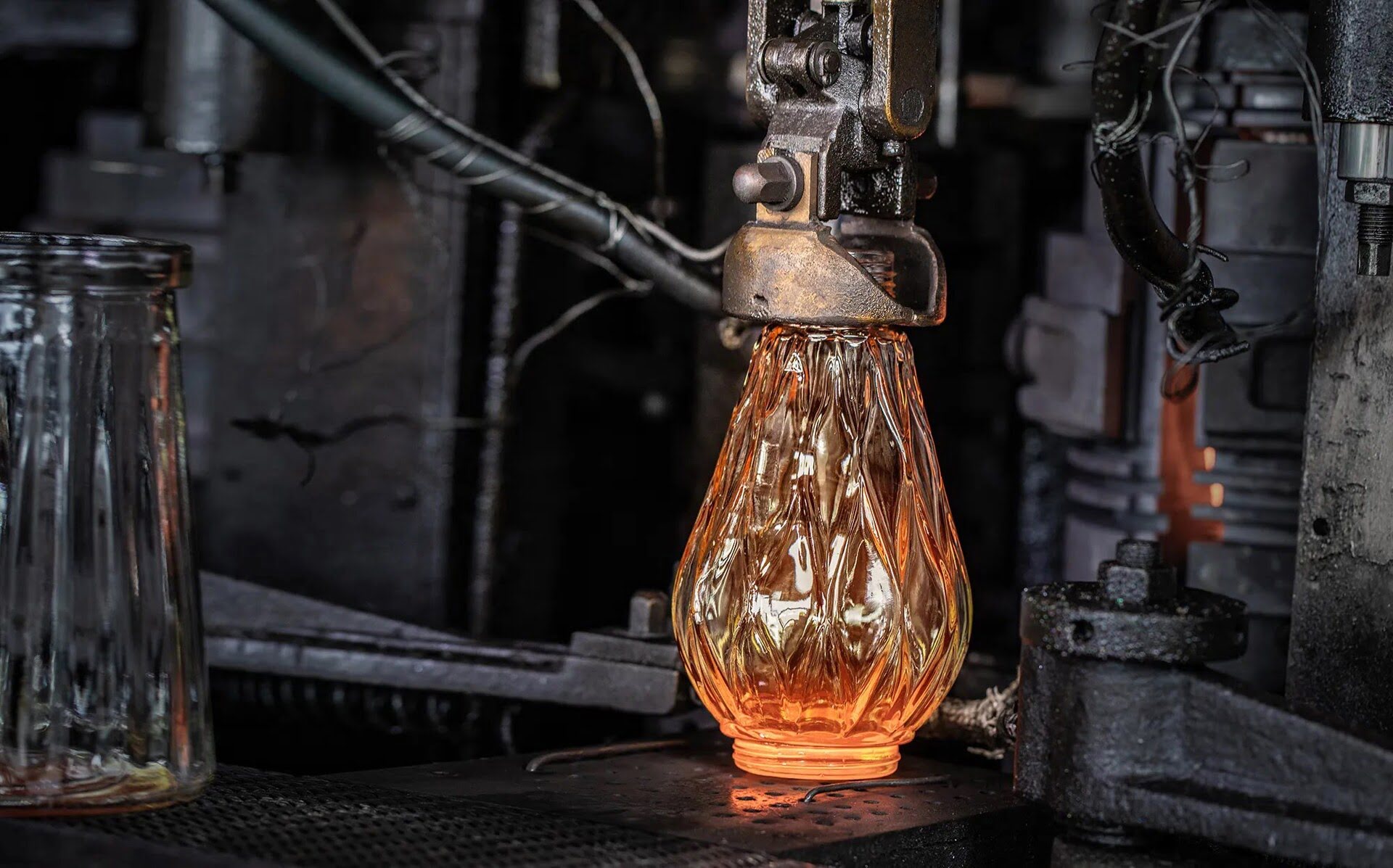

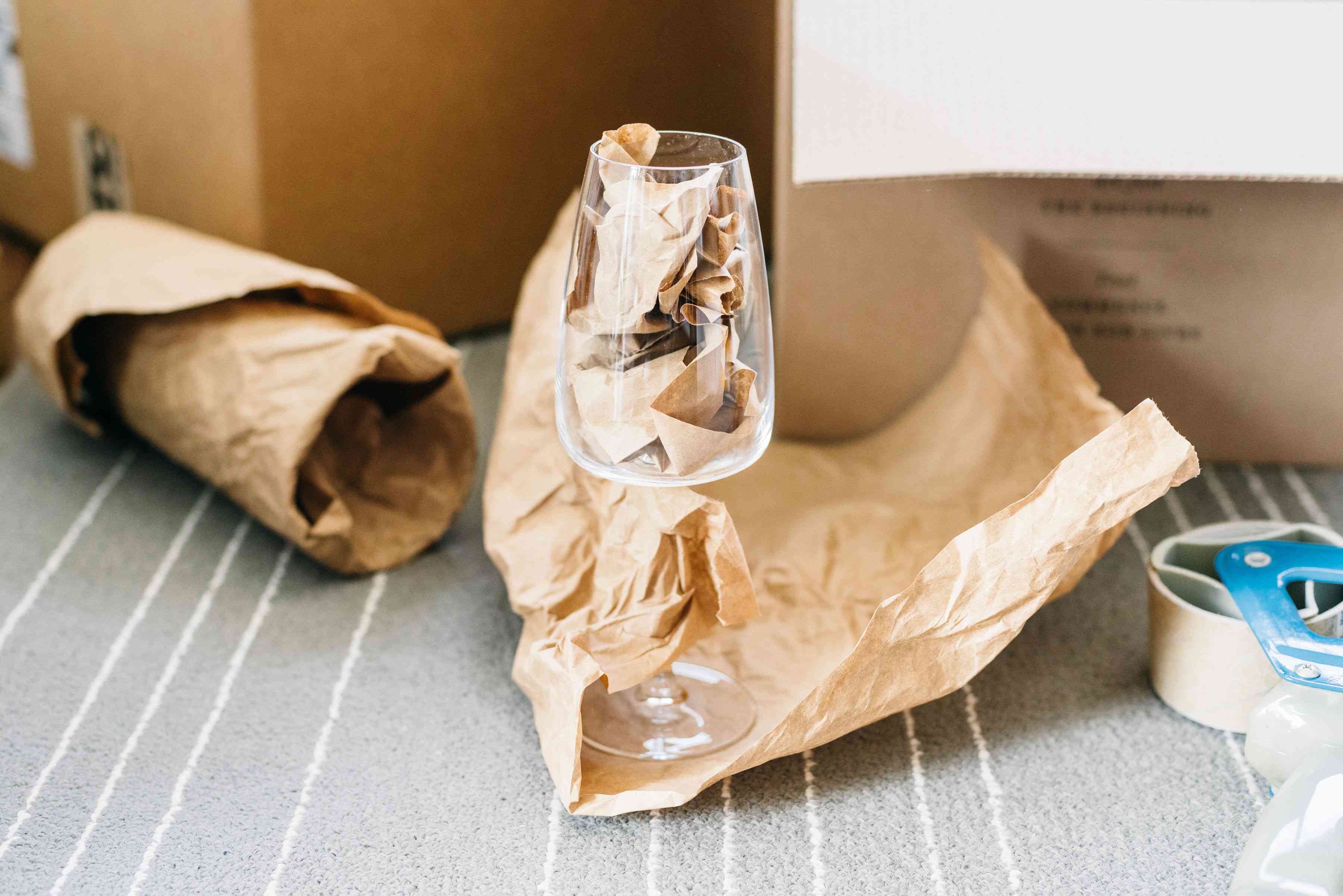
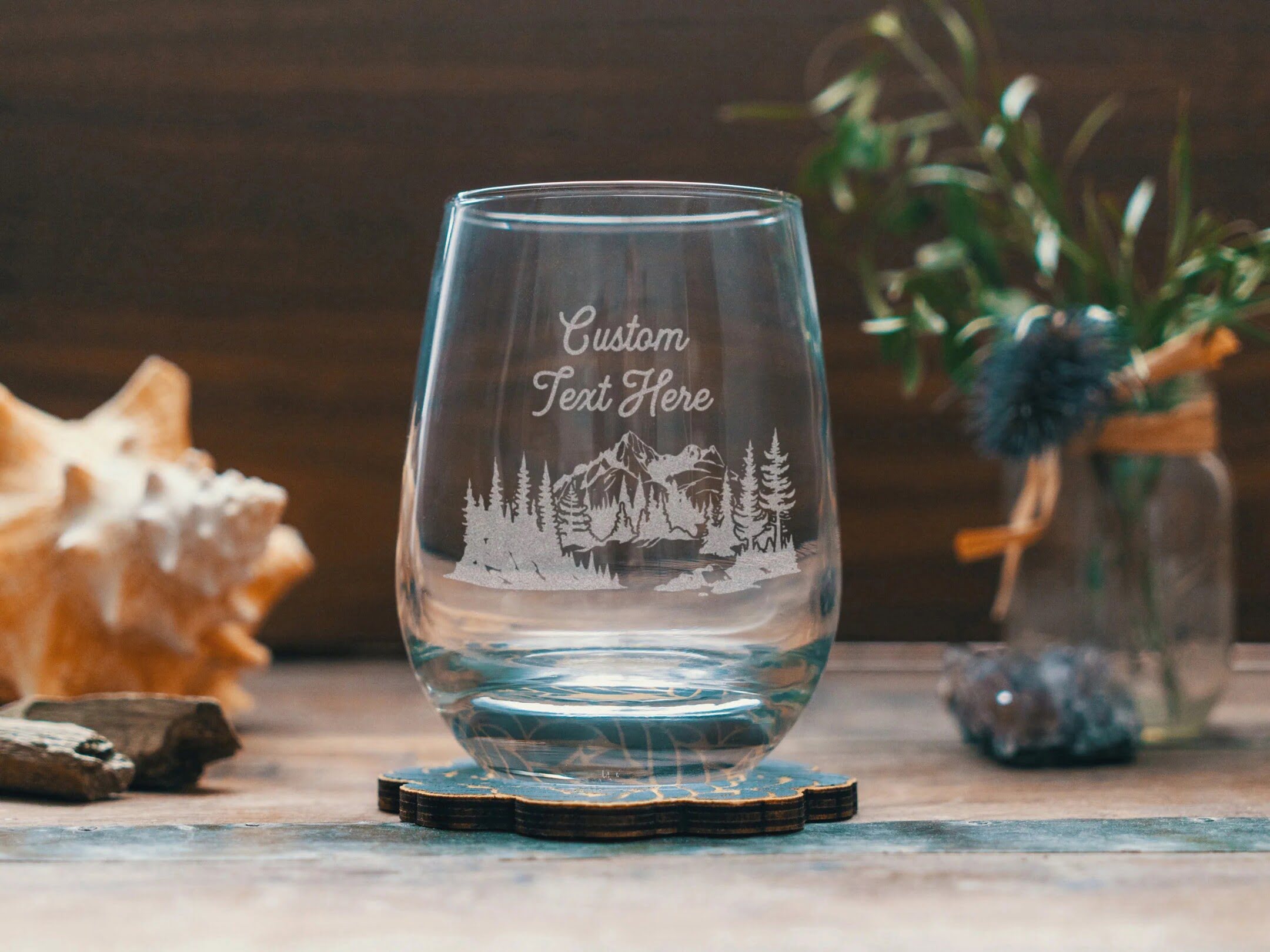

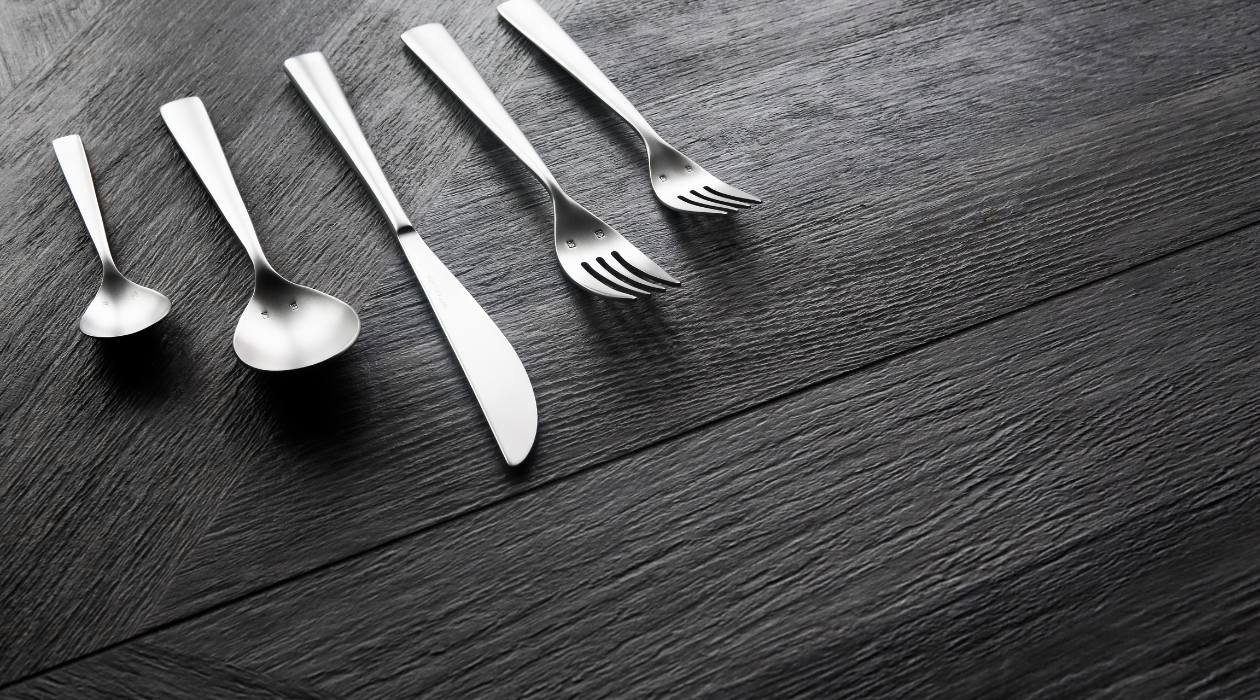
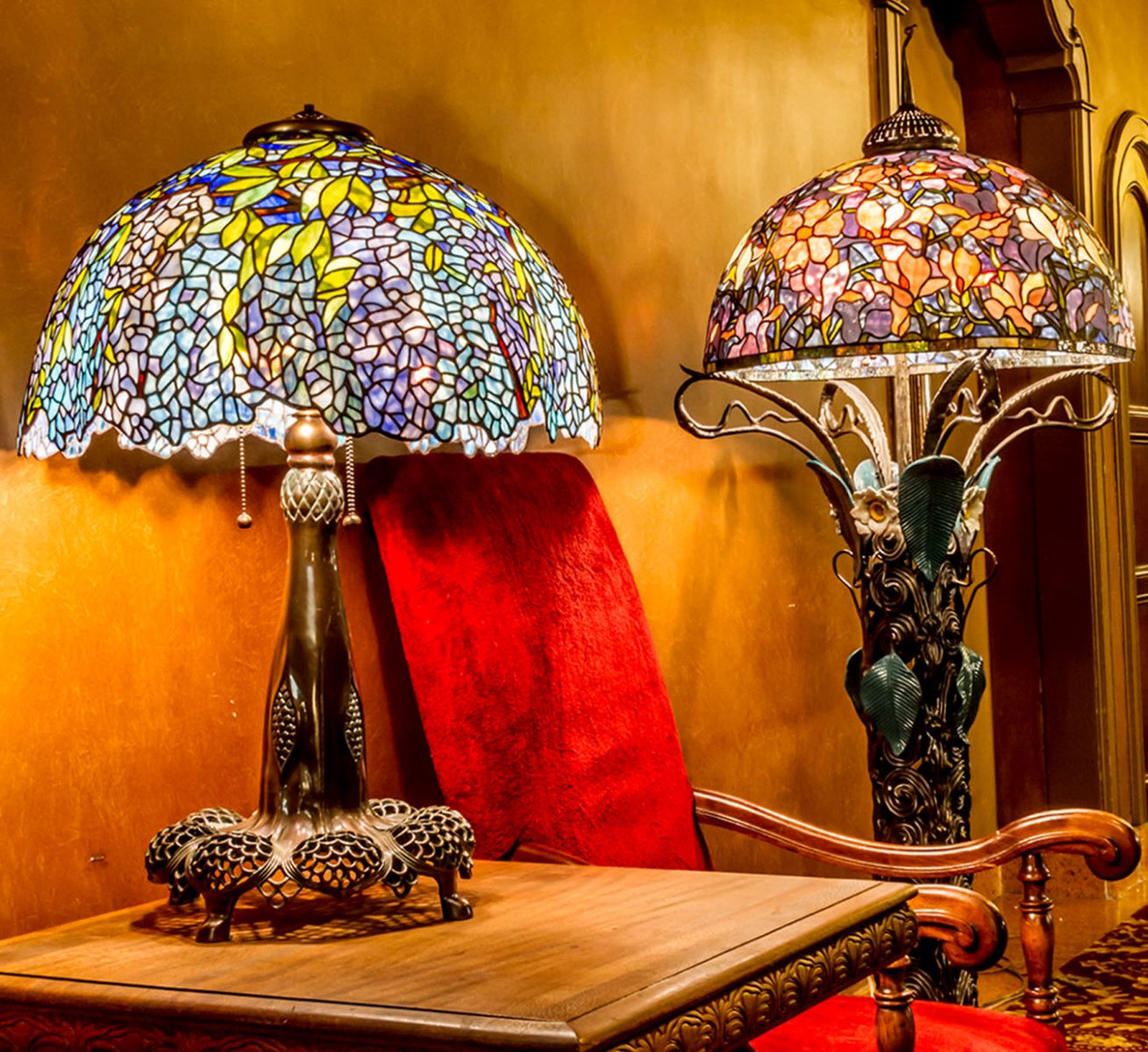
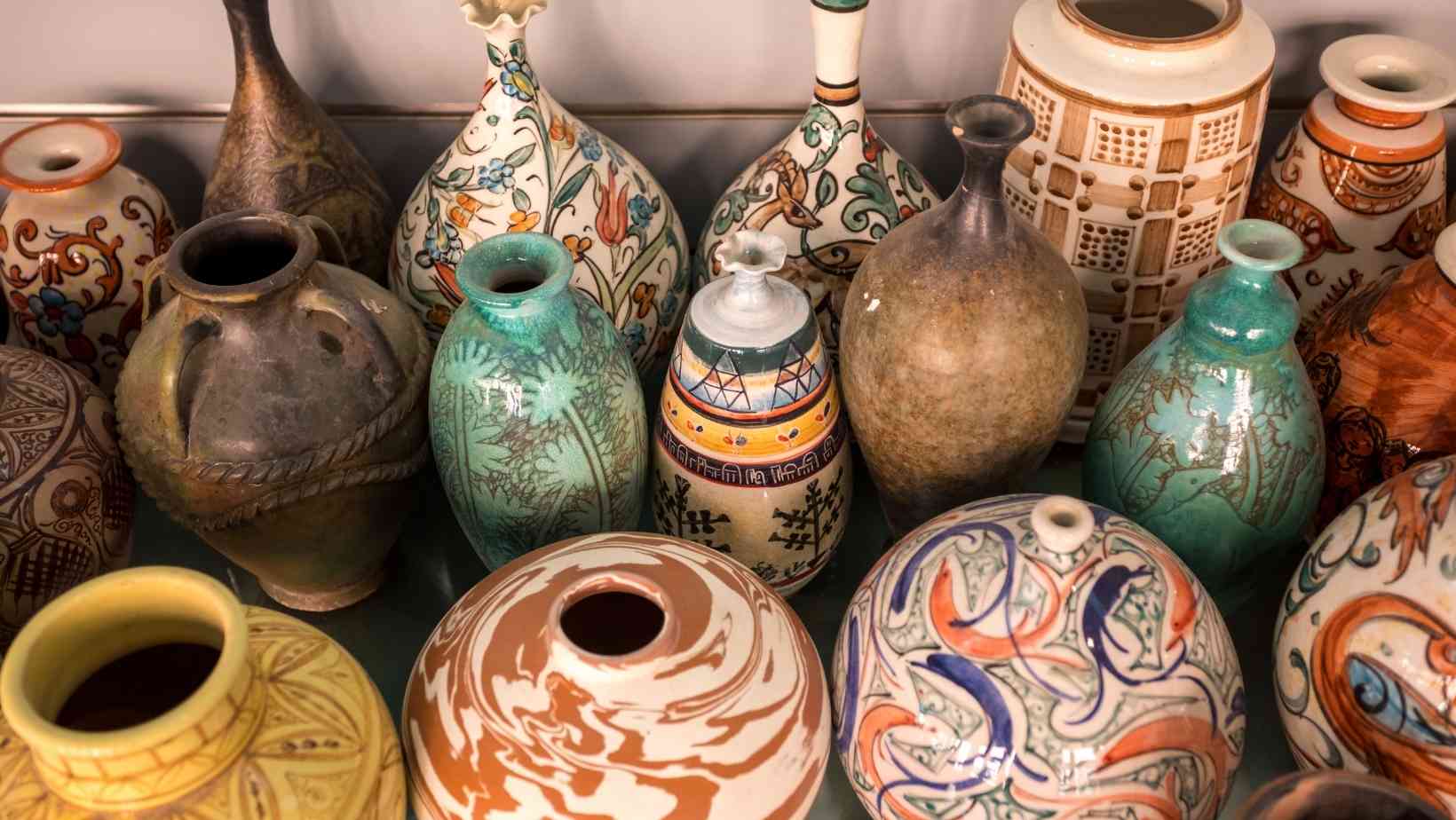
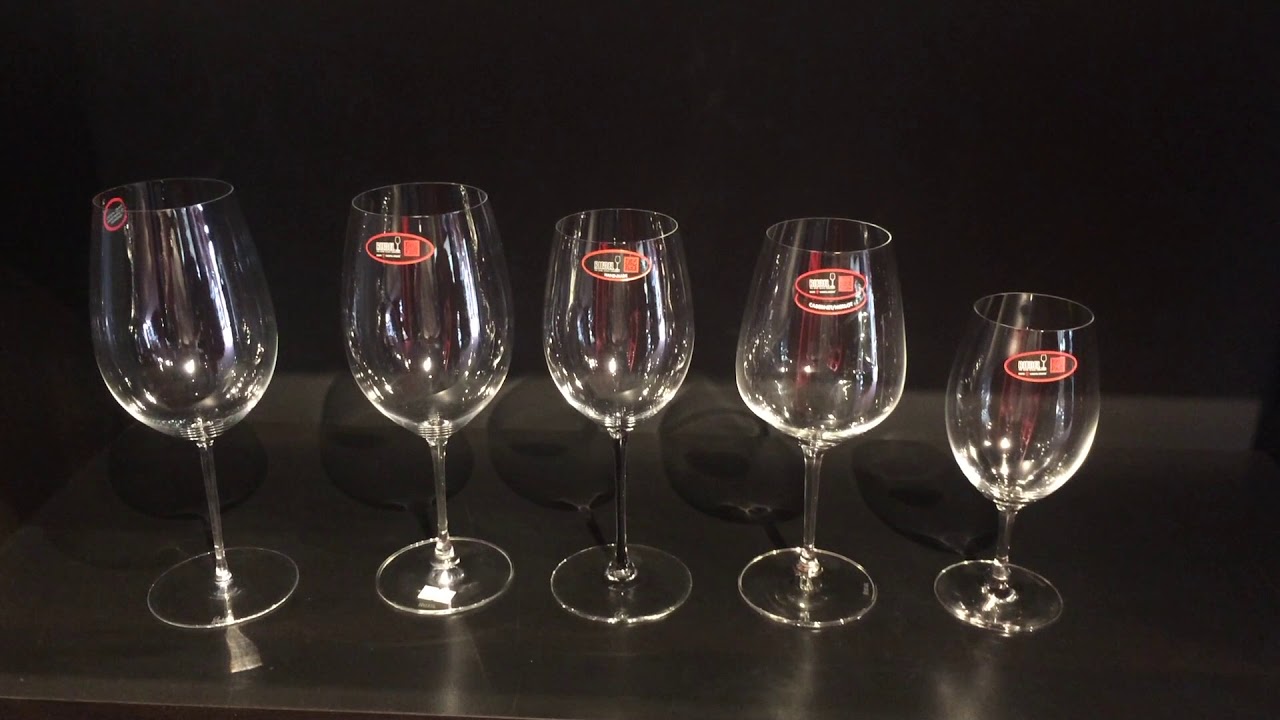
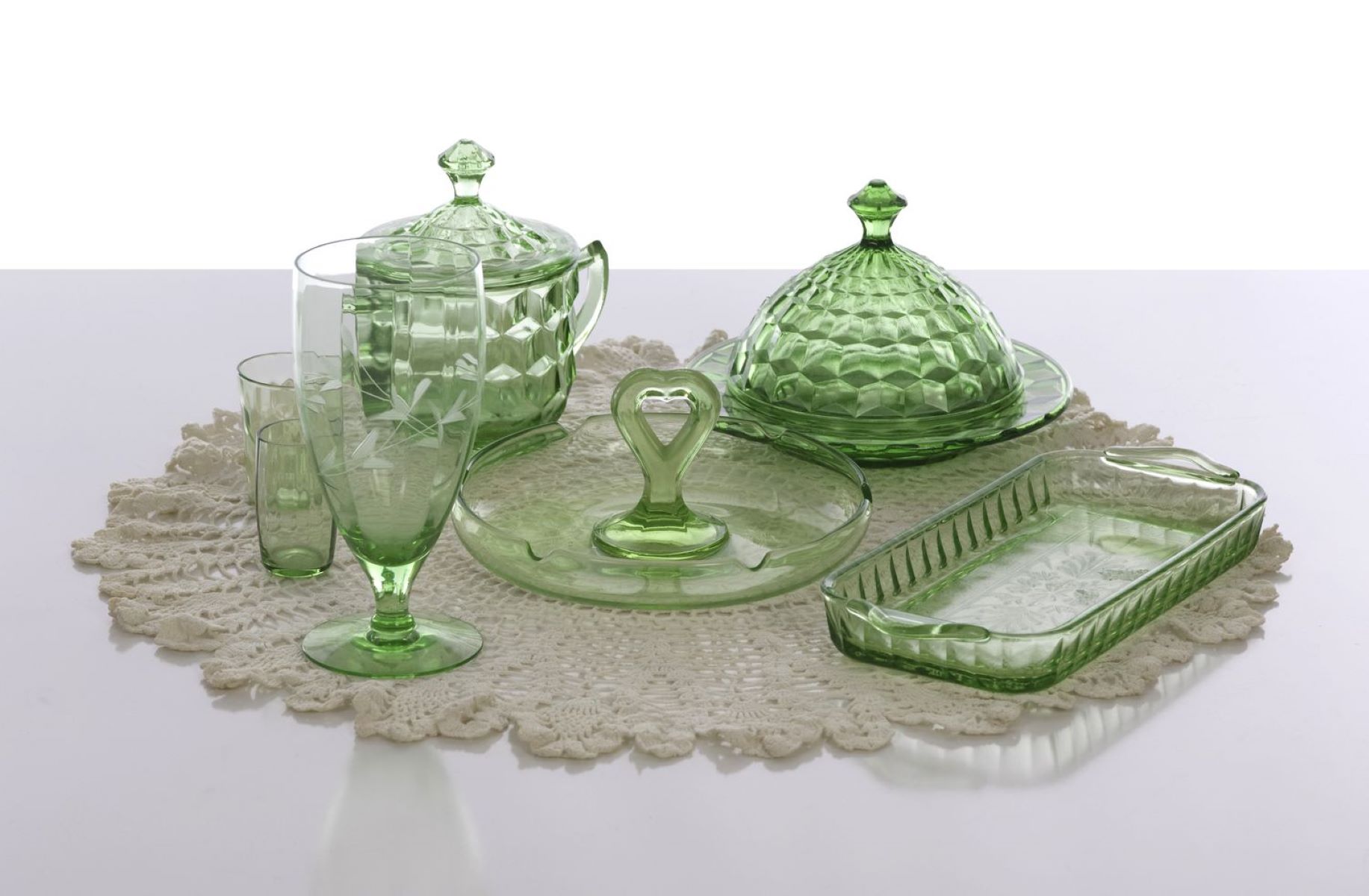

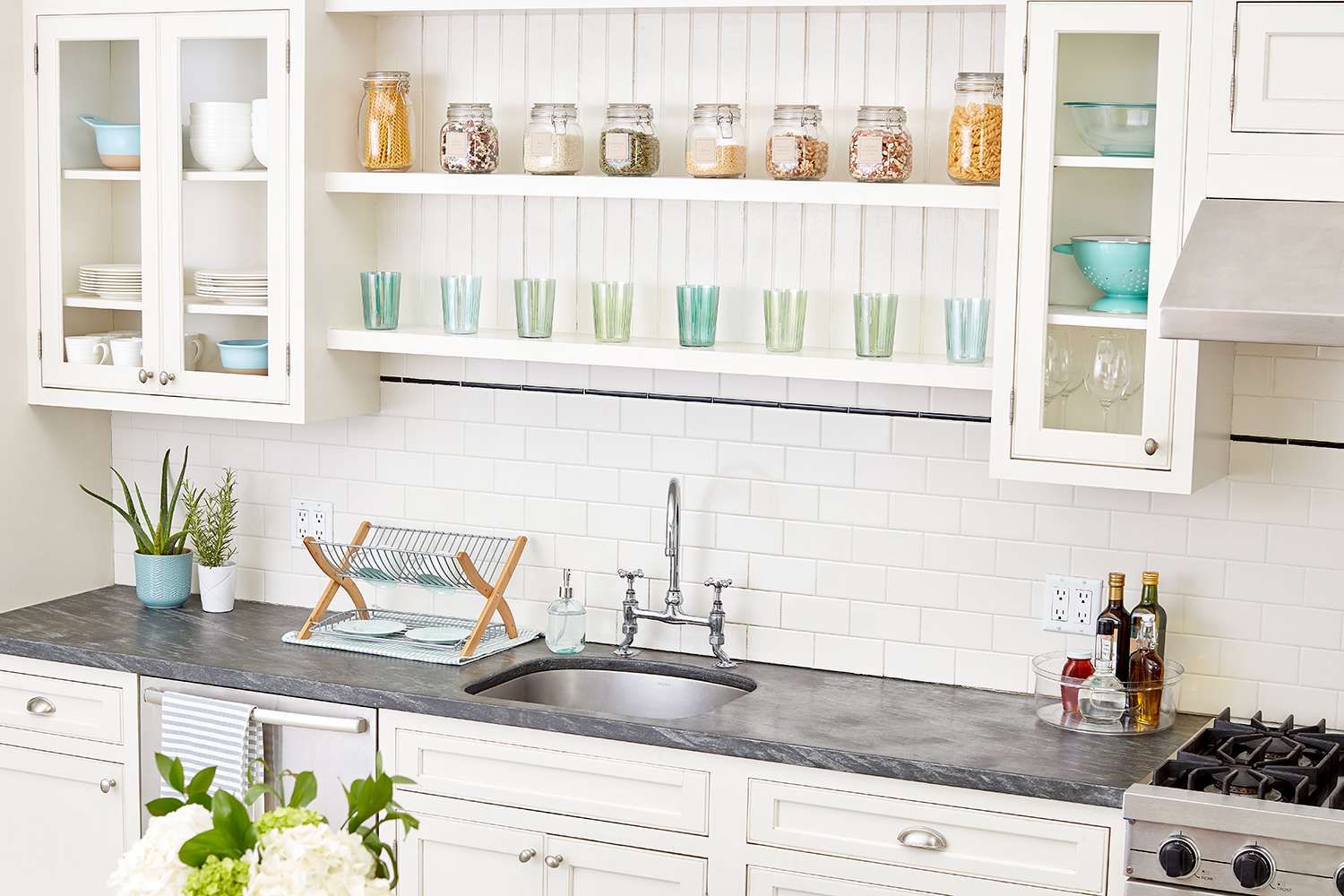
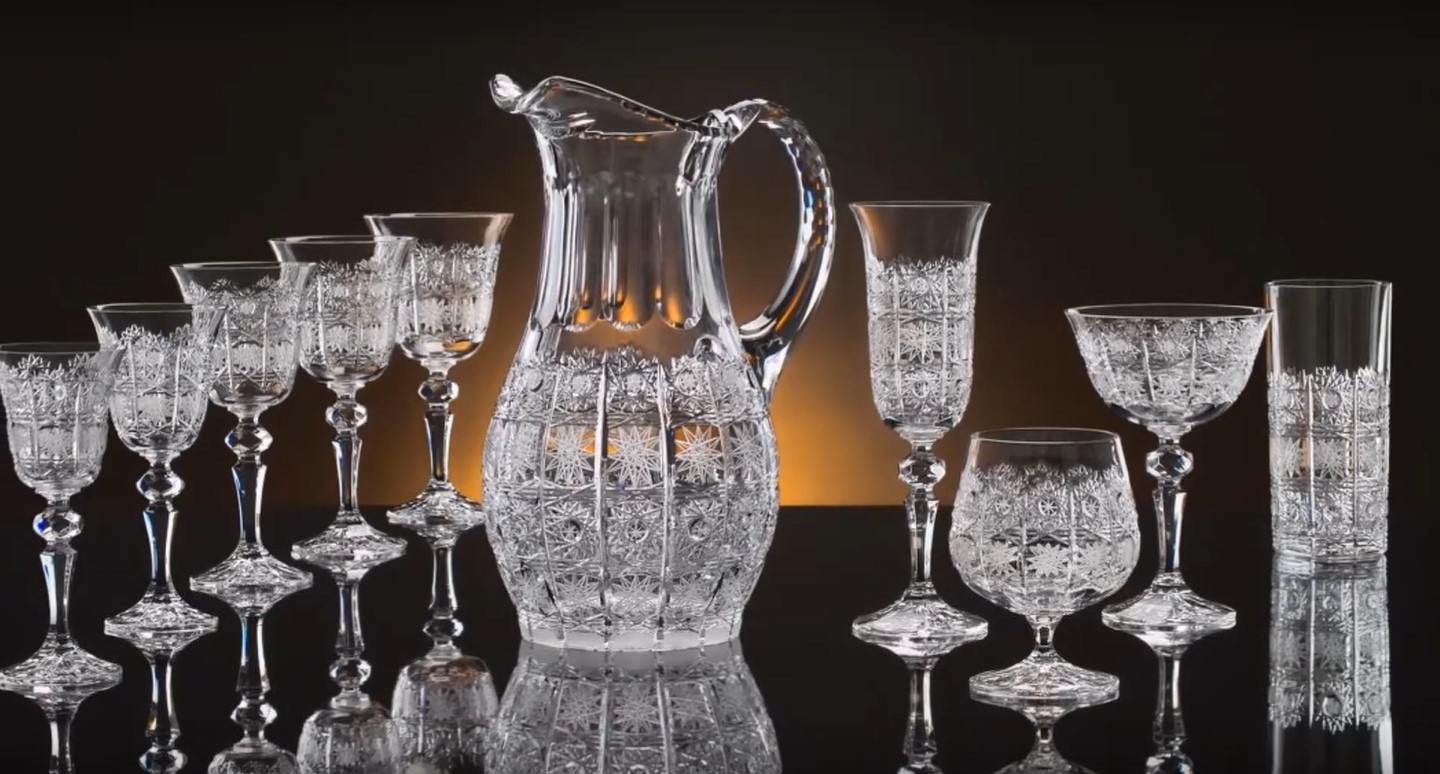

0 thoughts on “How To Identify Glassware”